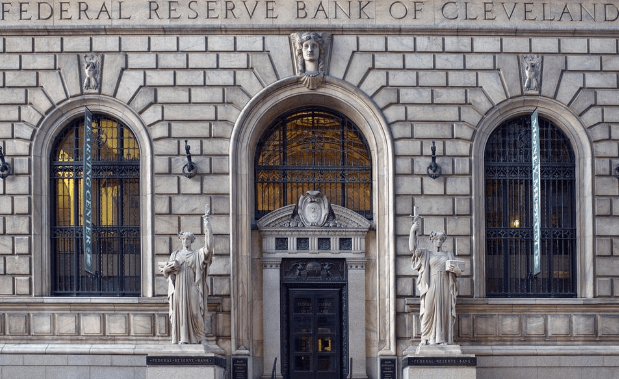On March 20th, the FOMC (Federal Open Market Committee) decided to keep the key interest at the same 2.25-2.5% levels. The move was in line with the market’s expectations, and the US central bank also announced that there won’t be any additional rate hikes this year, due to weakening economic conditions.
QT ending in September
As it has also been reported by FINQ Global market news, the Fed will end its balance sheet unwinding, known as Quantitative Tightening (QT) in September this year leaving its balance at around $4.5 trillion. The decision comes after a volatile fourth quarter on the stock markets, which had been visibly reacting to the FOMC’s rate projections (back in December, the central expected to raise rates 2 times in 2019) and the unwinding of the balance sheet.

Assets prices are sensitive to interest rates changes and chairman Jerome Powell, as well as other board members, realized that since January and their rhetoric took a 180-degrees turn.
What should happen in order to change rates?
Although the Fed adopted this “patience stance” with no further rates changes in 2019 announced, incoming economic data will heavily weigh on the future decisions. Despite stimulus in Europe, Japan, and China, strong economic effects (besides the spike in stock prices) can hardly be seen.
Domestic economic activity in the US is expected to top this year and famous investors like Ray Dalio expect a “significant slowly in 2020”. If the ECB and BOJ have little or no room in terms of stimulating the economy via monetary policy, the Fed can slash interest rates 9 times by 25 basis points, and it can also print money. That is why most of the analysts predict the US economy could avoid another recession, which makes it one of the safest economic places on the globe.
Yet, a weakening economic picture in the other important economies is expected to drag on the US, which leads us to believe that the next big move from the FED could be towards rate cuts and no further increases.
Increasing pressures from Donald Trump could pose serious threats to the central bank’s independence. For now, the Fed is comfortably sitting on hold, but the situation is expected to change on either side since the second half of this year. Risks like Brexit and the trade war could have a great impact on economic output, if not solved in a reasonable time.
Get the 5 most predictable currency pairs
Could the FED Change Interest Rates in 2019?
